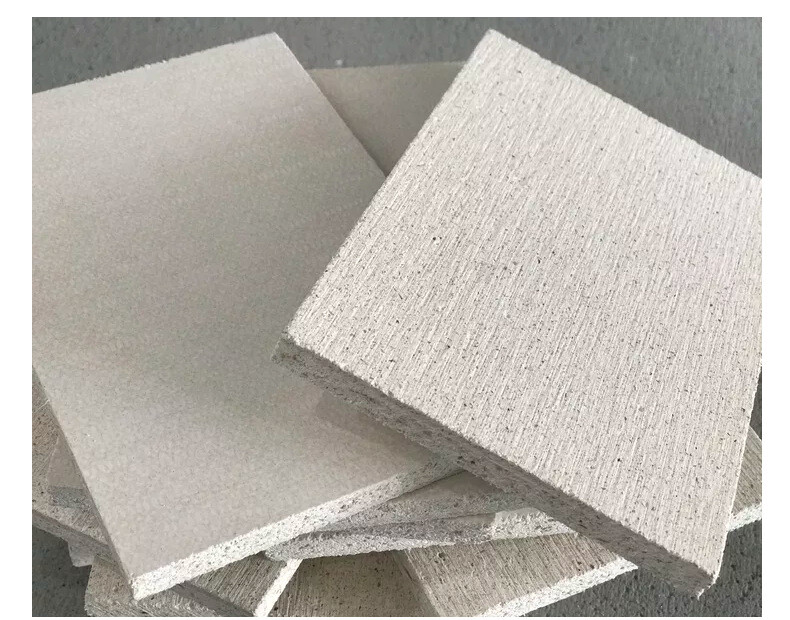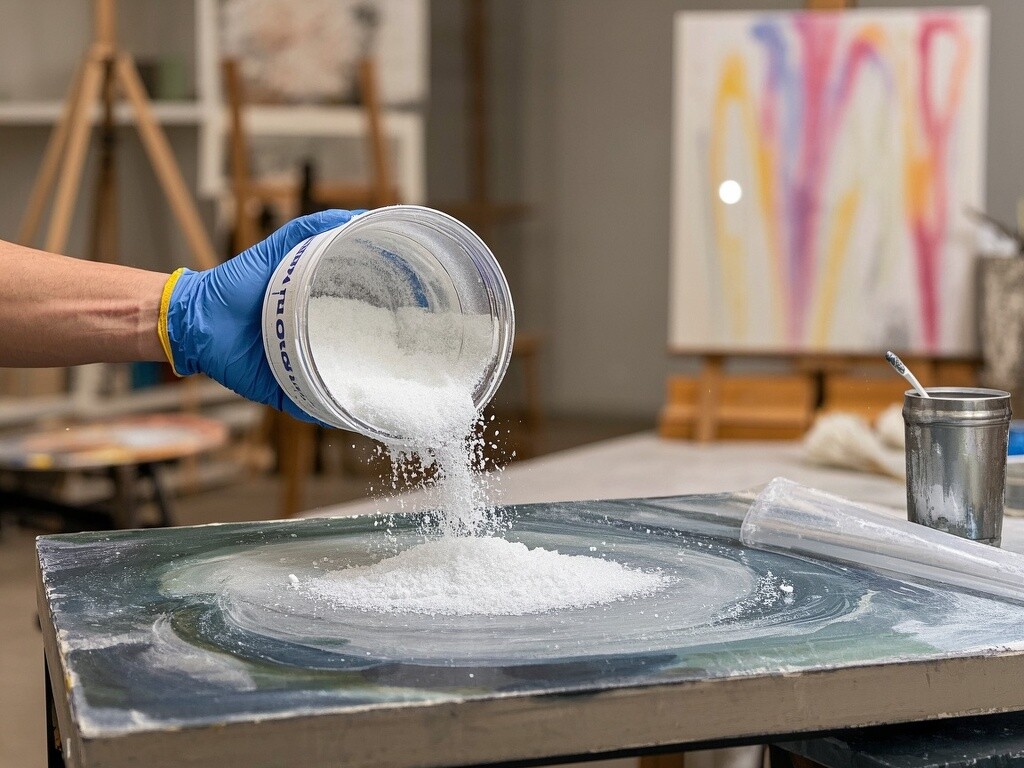Knowledge Forum
Why Magnesium Sulfate Matters in Pottery
Magnesium sulfate (MgSO₄), commonly known as Epsom salt, interacts with clay particles at a molecular level to enhance workability and reduce drying defects. Its hygroscopic nature helps regulate moisture distribution during critical phases, making it indispensable for high-stress firing techniques like raku or stoneware production. Industrial studies show a 22% reduction in bisque ware cracks when clay bodies contain 0.5–1% magnesium sulfate by weight.
Technical Mechanisms Behind the Magic
When dissolved in water, magnesium sulfate dissociates into Mg²⁺ and SO₄²⁻ ions. These ions:
- Neutralize negative charges on clay platelets, improving particle alignment
- Form temporary bridges between silica molecules, increasing green strength
- Act as a flux in glazes, lowering melting points by 30–50°C
Application Scenarios Across Pottery Types
Case Study: Studio vs. Industrial Use
In a 2023 trial by Ceramic Arts Daily, studio potters using magnesium sulfate-treated clay reported:
- 40% fewer S-cracks in plate forms
- 15% faster trimming times due to improved leather-hard consistency
Meanwhile, Guangdong Kiln Solutions documented a 18% reduction in energy consumption for tunnel kilns after modifying their slip recipes with magnesium sulfate.
Purchasing and Quality Standards
Food-grade magnesium sulfate (USP/FCC certified) ensures purity for functional ware. Key specifications include:
- ≤0.001% heavy metals (ASTM D1246)
- ≥99.5% MgSO₄·7H₂O content
- pH 5.5–7.0 in 5% solution
Cost Comparison: Alternatives vs. Magnesium Sulfate
*Based on combined metrics for plasticity, drying performance, and firing results
Debunking Common Misconceptions
Myth: Magnesium sulfate causes efflorescence. Reality: Proper washing of raw clay and controlled calcination at 300°C eliminates soluble salts. A 2022 study in the Journal of the American Ceramic Society found no correlation between MgSO₄ use and surface blooming when firing exceeds 900°C.
FAQ: Addressing Practitioner Concerns
Q: Does magnesium sulfate affect glaze fit?
A: When used below 1.5%, it actually improves thermal expansion matching by promoting early sintering.
Q: Can I add it directly to dry clay?
A: Always dissolve in water first – undissolved crystals create weak spots during firing.
Future Trends and Industry Adoption
The Global Ceramic Additives Market Report projects a 6.7% CAGR for magnesium sulfate in pottery through 2030, driven by:
- Rising demand for defect-free architectural ceramics
- LEED certification requirements for sustainable materials
- Automated dosing systems enabling precise slurry control
Why Leading Studios Choose Magnesium Sulfate
Beyond technical benefits, magnesium sulfate aligns with eco-conscious practices – it's biodegradable and non-toxic. For manufacturers scaling production, the compound's batch-to-batch consistency outperforms organic additives like vinegar or molasses.
Ready to transform your clay formulations? Contact our ceramic science team for customized magnesium sulfate integration protocols tailored to your specific clay body and firing schedule.
Related knowledge forum

With over ten years of experience in the research and development of magnesia materials, we inject scientific and technological value and green connotations into your products with our full industry chain technology system and innovative solutions.
Get in Touch
Search from here……







